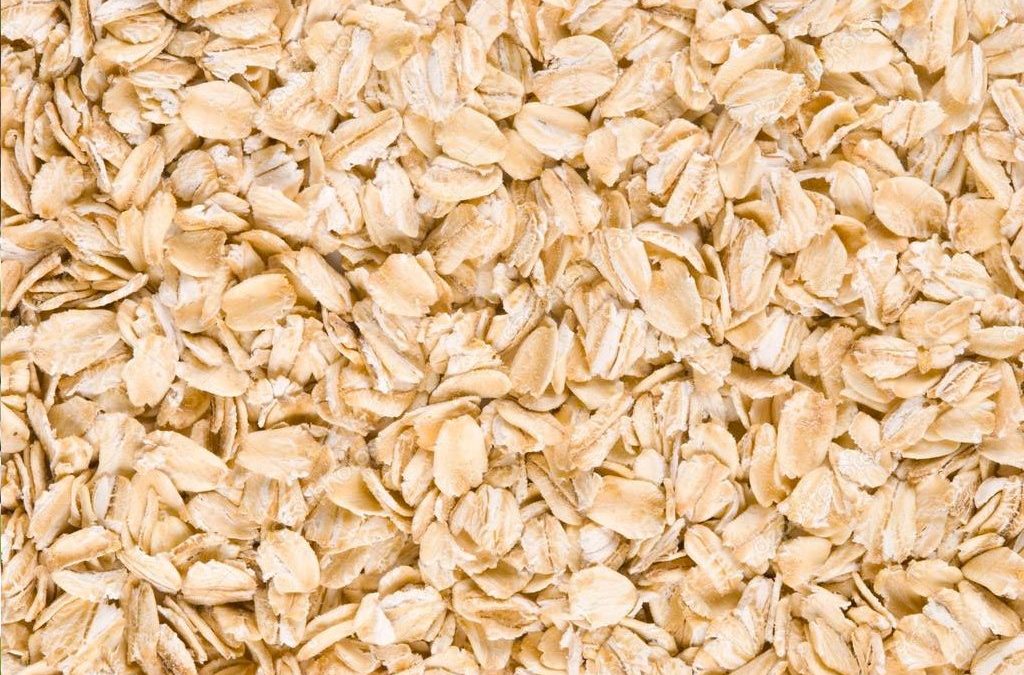The Truth Behind Bran Mashes – Its Uses & Disadvantages
Using bran mash as a weekly ‘cleanser’ is a popular tradition among horse owners and stables. The thought behind the weekly bran mash is that it adds bulk to the stool, helps with hydration, is a good source of fiber, and assists digestion. Despite being fed with good intentions, giving a weekly bran mash actually causes a dramatic alteration to the daily ration and can cause a disturbance in the normal population of microorganisms that reside in the hindgut. Here are some myths and facts about bran mash, wheat bran, and when is the correct time to use it.
Myth – Bran mashes have a laxative effect on the digestive tract
Dumping bran (a substrate or food source that the bacteria are not used to) into the digestive system causes a sudden kill-off of some bacteria and forces overgrowth of others. This shifting bacterial population in the gut usually results in a good case of diarrhea, leading one to believe wheat bran acted as a laxative. Remember, routine feeding of the same feeds every day is the best way to avoid digestive upset in horses.
Additional research has also shown that bran does not have a laxative effect or cause softening of the manure. A study conducted at Cornell University, in which 50% wheat bran was added to a diet of hay and grain found that fecal moisture was not different between horses receiving wheat bran and those on the control diet that received no wheat bran.
Myth – Bran gives the stool a bulkier appearance
While wheat bran does give the manure a bulkier appearance, it’s because the fiber in wheat bran is not very digestible. The horse is dumping a bigger pile because a lot of the wheat bran was not digested, not because it contains more water.
Myth – Fiber Content of Bran & Aiding Hydration
While wheat bran does have more fiber than corn and about the same amount of fiber as oats, it has less fiber than hay, so really, providing plenty of hay to the horse is the best way to keep the digestive tract full of fiber and subsequently well hydrated. The amount of dry hay the horse eats will directly influence the amount of water it drinks, which will in turn help to keep the horse properly hydrated.
Soluble Carbohydrate Level of Wheat Bran
Much concern has been raised in recent times over the level of starches and sugars (also called soluble carbohydrates) in horse rations. We now realize it is best to minimize starch and sugar in equine diets as these two ingredients have been linked to numerous exercise, growth, and metabolic disorders. Wheat bran contains a considerable amount of soluble carbohydrate (about 30%), which is another reason it should never be suddenly added to the diet in large amounts.
When to Use Wheat Bran
While it may seem wheat bran does not belong in the equine diet, there are instances where wheat bran has a place. Wheat bran is very palatable to horses and provides energy and protein at levels similar to oats. Small amounts can be fed on a daily basis in the regular ration, but it should not be fed at a rate of more than 10% of the total diet (hay and concentrate). The reason for this is that all brans, including wheat and rice bran, contain a high percentage of phosphorus but are low in calcium. Compounding the problem is that approximately ninety percent of the phosphorus in bran is in a form called phytate. Phytate interferes with calcium absorption and reduces the absorption of copper, zinc, and manganese. Feeding high levels of bran can cause severe mineral imbalances that can negatively affect bone health. Therefore, bran should be used only as an ingredient in a well balanced and fully fortified (vitamins and minerals) ration; not as a feed.
This blog post was originally posted on Thursday, September 15th, 2011 at Equine Nutrition and Health Services Blog. Blog article was re-posted with permission from blog owner, all rights reserved.

